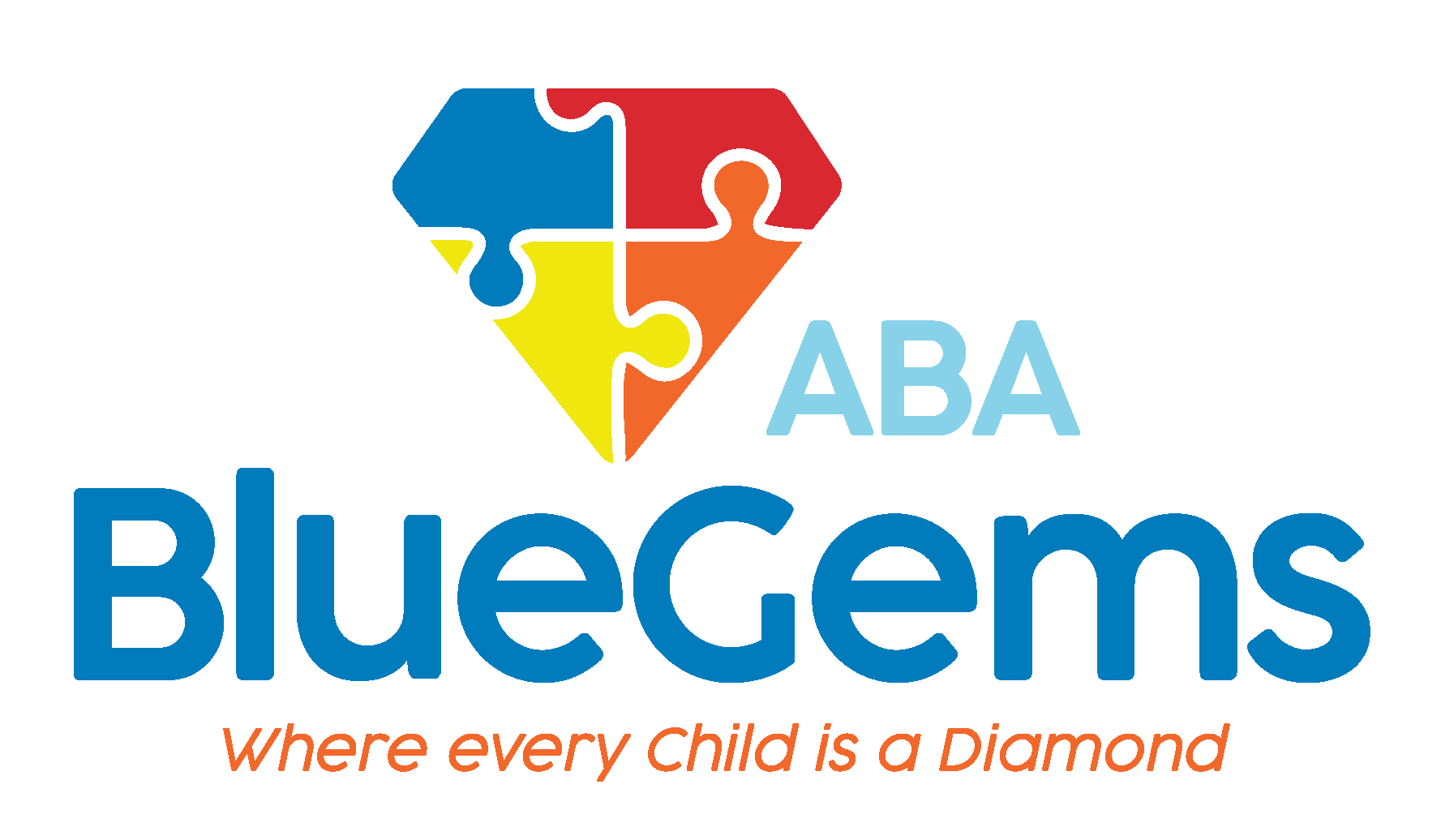The Power of Shaping and Fading in ABA
Applied behavior analysis (ABA therapy) is based on principles of scientific evidence that help guide learning and behavior in a unique way. To help children with autism spectrum disorder (ASD) learn new skills and modify their behaviors, ABA therapy employs many different strategies to be effective.
One of the essential strategies that therapists use to do so is called shaping. In simple terms, shaping is the process of teaching new skills in individual steps rather than all at once.
This approach to learning helps children with autism understand the little things that they need to do in order to accomplish the end goal. Therapists help walk their patients through each of these steps, using different techniques such as prompting and fading along the way.
Shaping is fundamental to ABA therapy, as it has proven to be effective in helping support children on the autism spectrum.
Below, we’ll describe shaping in more detail as well as how prompts and fading are used as well.
Table Of Contents
What is Shaping in ABA Therapy?
Achieving a new goal can seem quite daunting to all people, regardless of their developmental abilities. For instance, if you’ve never done it before, learning how to swim a freestyle lap can seem like a huge mountain to climb.
That’s why swim instructors, to use the above example, use a form of shaping in their teaching. They first get new swimmers acclimated to water. Then, they teach them how to float on their belly, how to blow bubbles in the water and the basics of kicking their feet to move you forward.
Incrementally, the swim instructors teach each of the individual actions that are needed in order for someone to swim a freestyle lap. Over time, as the student masters these individual actions, they are eventually able to put them altogether to swim the lap.
The same theory is used for shaping in ABA therapy. Therapists break down goals into individual tasks or steps that they teach their patients to learn one at a time. Then, once they’re able to master these steps, the next step is added and so on and so forth until the child is able to complete the final goal.
For example, if the goal is to teach the child how to brush their teeth, the therapist will break that down into picking up the toothbrush, turning on the faucet, wetting the brush, applying toothpaste, brushing teeth, spitting, rinsing the toothbrush and putting the toothbrush down.
How are the Steps Taught?
During shaping, ABA therapists will use what are known as prompts to notify the child that it’s time to do something. These prompts are often visual — since children with autism are commonly known to be visual learners — though they also can be verbal, physical or a combination.
In the example of brushing teeth, the prompt might be a picture of a toothbrush. The therapist may show the child that picture while saying “toothbrush” to signify that it’s time to pick up the toothbrush.
When the child masters that first step of the skill, the therapist uses positive reinforcement to reward the child for doing so. They then move onto the next step, providing a new prompt for turning on the faucet.
These prompts make it easier for children with ASD to understand what is expected of them, since it gives them a clear example of what to do.
What Role Does Fading Play in ABA?
While prompts are great at teaching new skills in ABA therapy, they aren’t practical in real-world scenarios. For children with autism to truly live independently, they need to be able to do certain things without the need for prompts as described above.
This is how fading comes into play. When therapists are teaching new skills, they will use prompts quite prominently.
Slowly over time, as the child begins to master the skills that are being taught, the therapist will gradually fade away these prompts. This could be removing the visual element and just saying “toothbrush.” Then, as the child proves they are able to exhibit the correct behavior, the therapist may just say “brush your teeth” and expect the child to do all the steps involved.
The ultimate goal of ABA therapy is to help children with autism live independently, and fading plays an integral role in that.

Blue Gems ABA Uses Shaping and Fading to Help Children Grow
Shaping is a fundamental concept of ABA therapy and something that is integrated into multiple other strategies that therapists follow. By teaching skills in individual steps, therapists are able to help children with autism understand tasks easier, which allows them to master skills.
At Blue Gems ABA, our team of BCBAs uses shaping, prompting and fading in many different ways to help our patients grow. We create personalized ABA therapy treatment plans that are specifically catered to each individual child, which makes them more effective at helping children grow.
To learn more, please contact us today.




